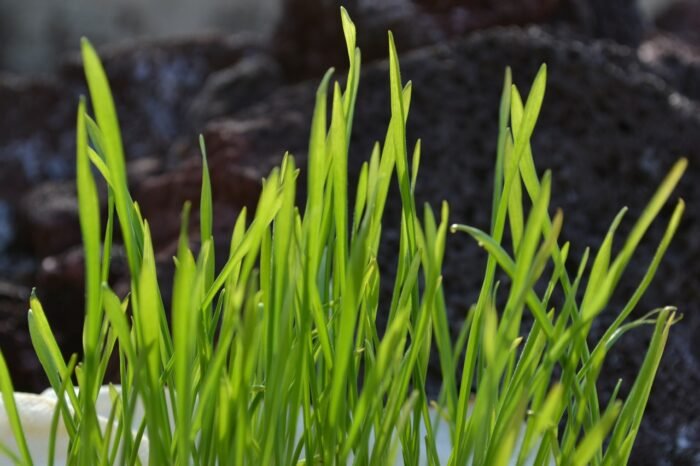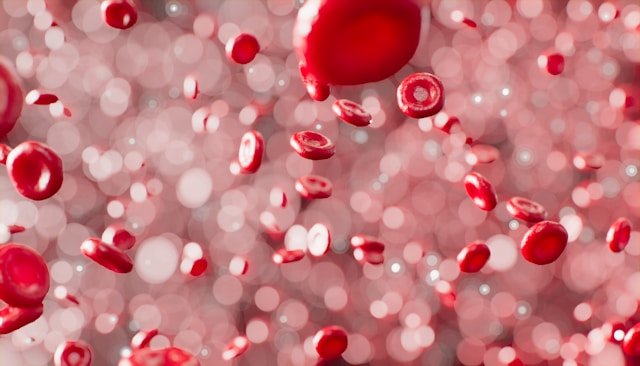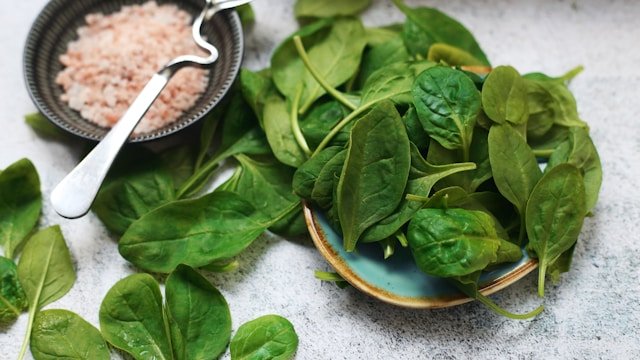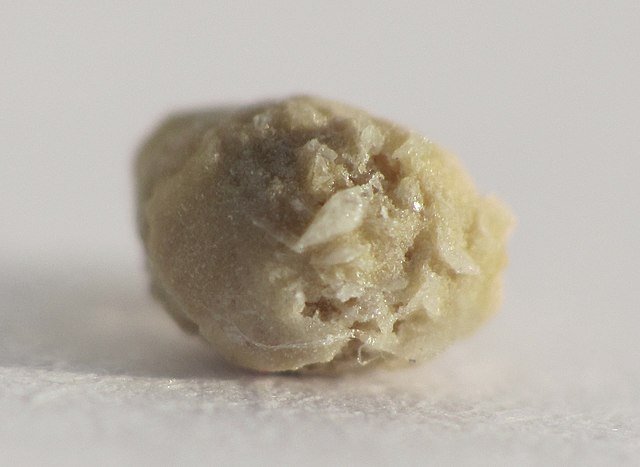Wheatgrass. When most people hear this word, they think of shots, smoothies, and all natural health drinks. While wheatgrass is widely known as something that’s commonly found in health food stores and at juice bars, it is available in other forms and can be grown in a home garden.
Because wheatgrass is fairly popular today, it’s well known and often used, however there’s more to wheatgrass than just trendy all-natural juice bars and coffee shop concoctions. The truth is that wheatgrass comes with a rich history and a wide variety of health benefits that many people may not even know about. Read on to learn all about wheatgrass, and how you can enjoy this nutrient rich plant food that provides a wide variety of health benefits.
What is Wheatgrass?
A type of grass, wheatgrass is food made from the cotyledons of the wheat plant, scientifically known as triticum aestivum. Cotyledons are the “seed leaves” of the plant, or the grass part you’re used to seeing.
History and How It Works
Wheatgrass has been around for more than 5,000 years and has been traced to Egypt and possibly some early Mesopotamian civilizations. In western civilizations, wheatgrass was first used in the 1930s when used in experiments by Charles F. Schnabel who was working to popularize the plant. Within a decade, Schnabel was successfully selling cans of the powdered plant in major drug stores across America and Canada.
Due to the natural chemicals found in wheatgrass, it is thought to be a rich source of antioxidants and contain anti-inflammatory properties. Due to this, many people believe that wheatgrass will be helpful for the listed health problems and even help kill bacterial infections.
Nutrients
Wheatgrass, which is 70% chlorophyll, is commonly sold as a juice or a powder, which act as concentrated sources of nutrients such as:
• Vitamin A, C, and E
• Calcium
• Iron
• Magnesium
• Amino acids
Since the juice of wheatgrass is extracted from the plant’s sprouts, it is also gluten-free.
A 1-oz. serving of wheatgrass juice has:
• 5 calories
• 1 gram of carbohydrates
• Less than 1 gram of sugar
• 6% of daily value of vitamin C
• 10% daily value of iron
Alkaline Food
As it’s broken down in the body, food produces either alkalizing compounds or acids. Wheatgrass is an alkalinizing food and a diet rich in alkalizing foods supports alkalinity and therefore natural homeostasis in the body.
Forms
While it is normally sold, it can also be grown and harvested right from home. The roots, rhizome, and above-ground parts of the wheatgrass are used to create medicines, while the grass itself can be added to drinks and foods for an extra shot of vitamins and minerals.
Wheatgrass is also available as a spray, a liquid herbal supplement, herbal supplement tablets, massage lotion, cream, and gel.
How Wheatgrass Is Used In Healing
Wheatgrass also contains chlorophyll and enzymes like most plants, which are where much of the health benefits come from. Many believe in the healing properties of wheatgrass, and it is used in a variety of ways.
Wheatgrass is used to treat a variety of conditions making it highly versatile and very popular. It touches most of the different bodily systems and helps with different functions that encourage optimal health.
• For one, wheatgrass is used for increasing the production of hemoglobin, which is a chemical found in red blood cells that carry oxygen through the blood.
• It is also used to improve blood sugar disorders like diabetes, improve and accelerate wound healing, prevent bacterial infections, and even prevent tooth decay.
• Wheatgrass is also useful for removing toxins in the blood and liver such as drugs and heavy metals as well as cancer-causing agents in the body. It helps to cleanse the various systems so that you feel lighter, better, and healthier overall.
• Wheatgrass is also used to treat disorders of the urinary tract as well as common respiratory problems. These include infections of the urethra, bladder, kidney stones, and even benign prostatic hypertrophy (BHP). It is also sometimes used as a diuretic drink for “irrigation therapy.”
• For respiratory problems, wheatgrass is used to help the common could, fever, sore throats, cough, bronchitis as well as other infections.
• It has also been helpful with gout, joint pain, skin problems, and ulcerative colitis.
As you can see, wheatgrass has a long, all-inclusive list of health benefits that target some of the most troublesome problems you can face. However, wheatgrass doesn’t stop there.
Get Started
You can juice wheatgrass yourself or find it in the various forms mentioned in your local health store. It is also available at most healthy juice bars where natural beverages and juices are sold. It can be drunk by itself or used to flavour other beverages.
Most people find wheatgrass to be an acquired taste, as it is bitter so just how much you will enjoy may vary. Typically, wheatgrass is sold in shot glass sizes at juice shops because a little goes a long way.
Overall, this super plant food has been crafted by nature to offer a host of health benefits that will keep you feeling great.



